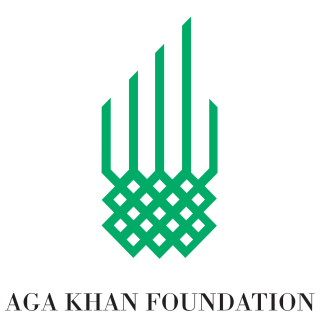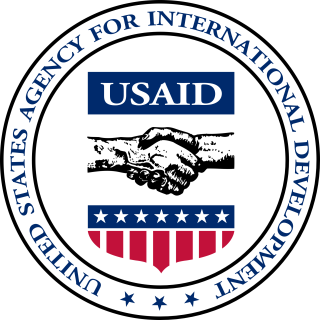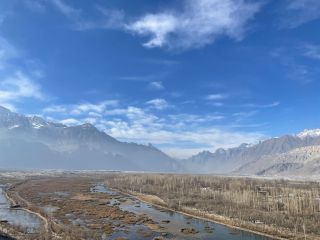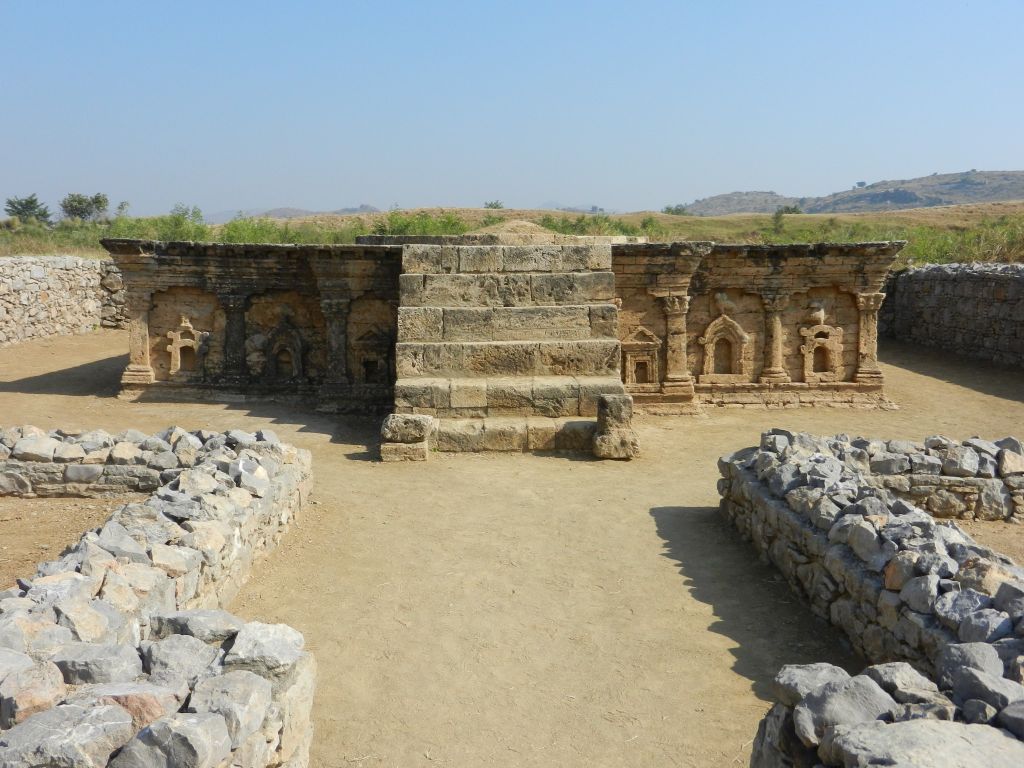
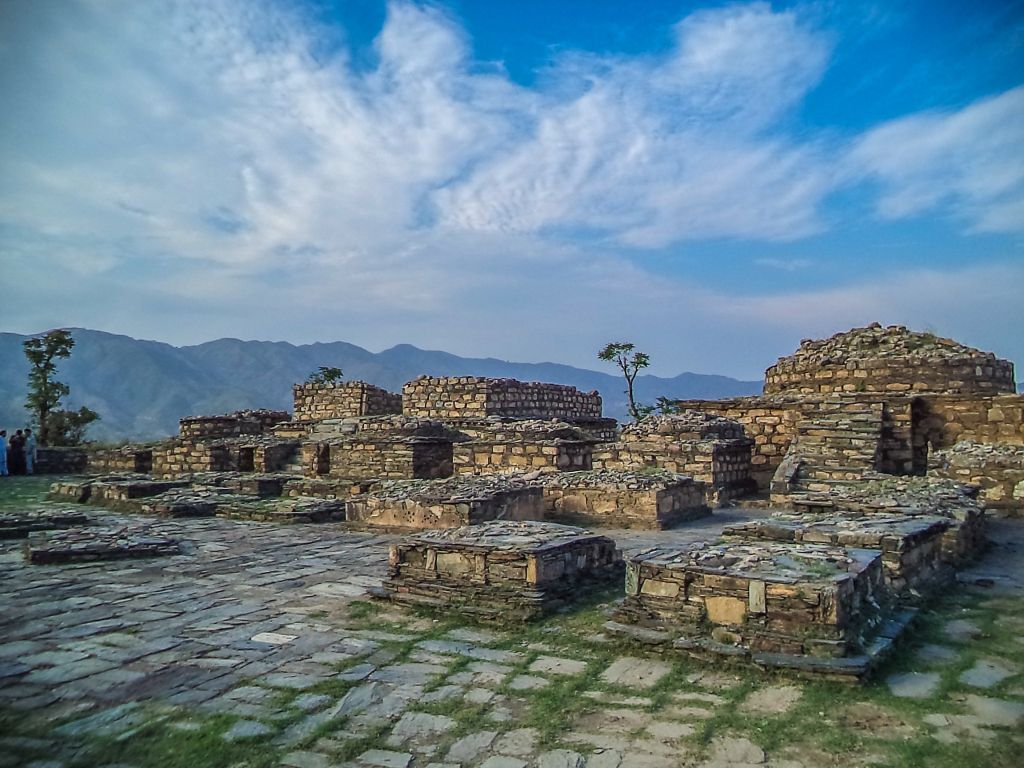
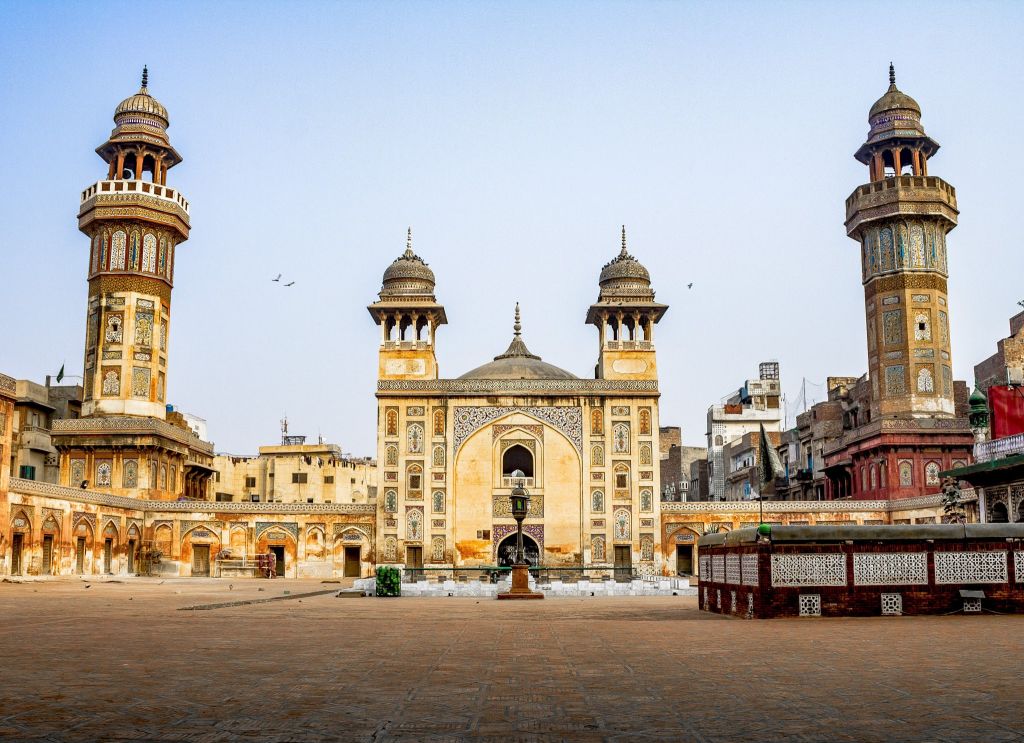
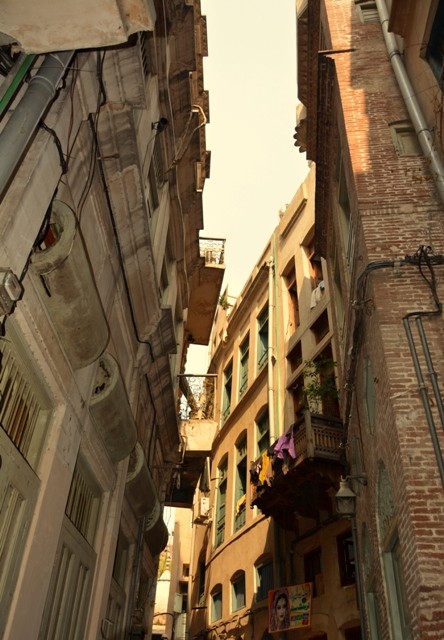
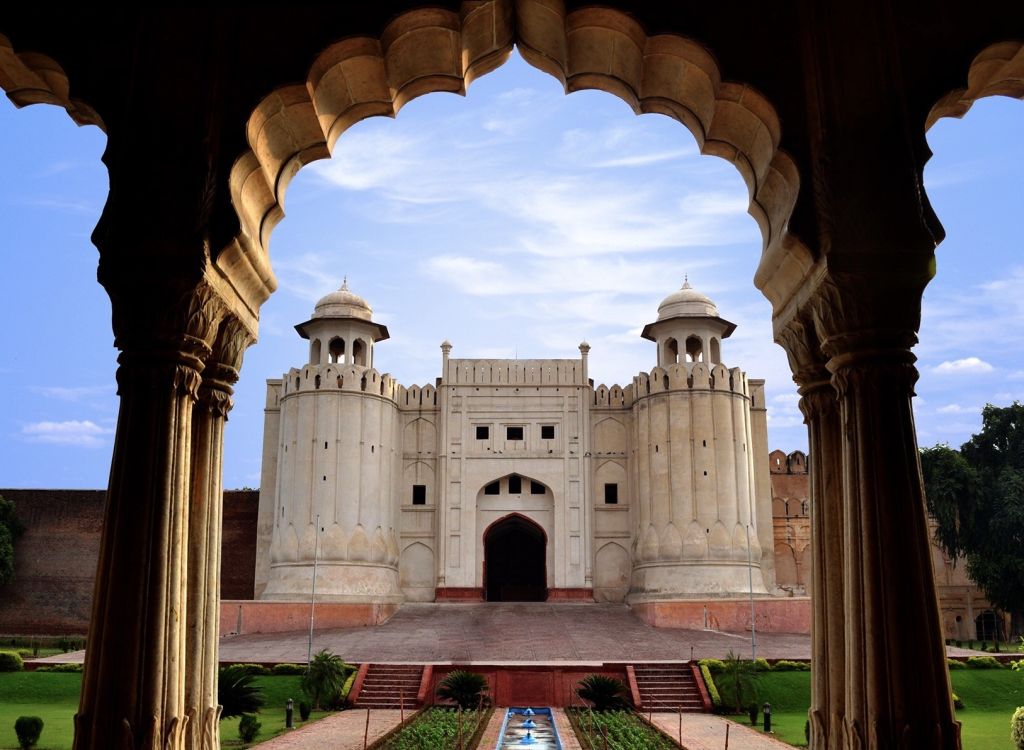
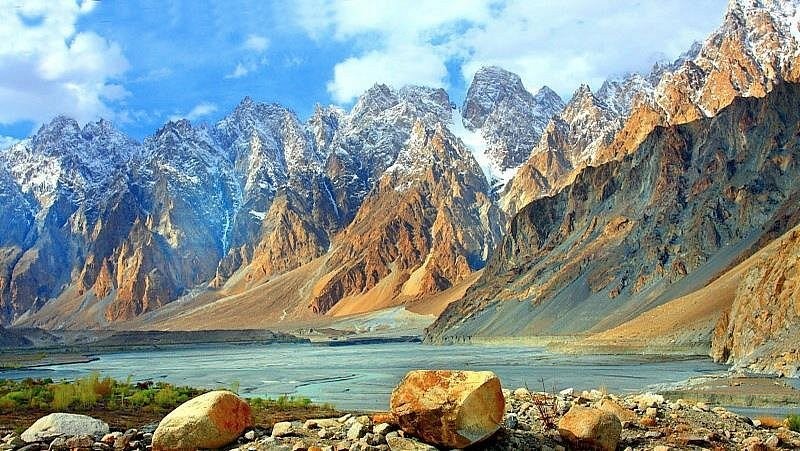
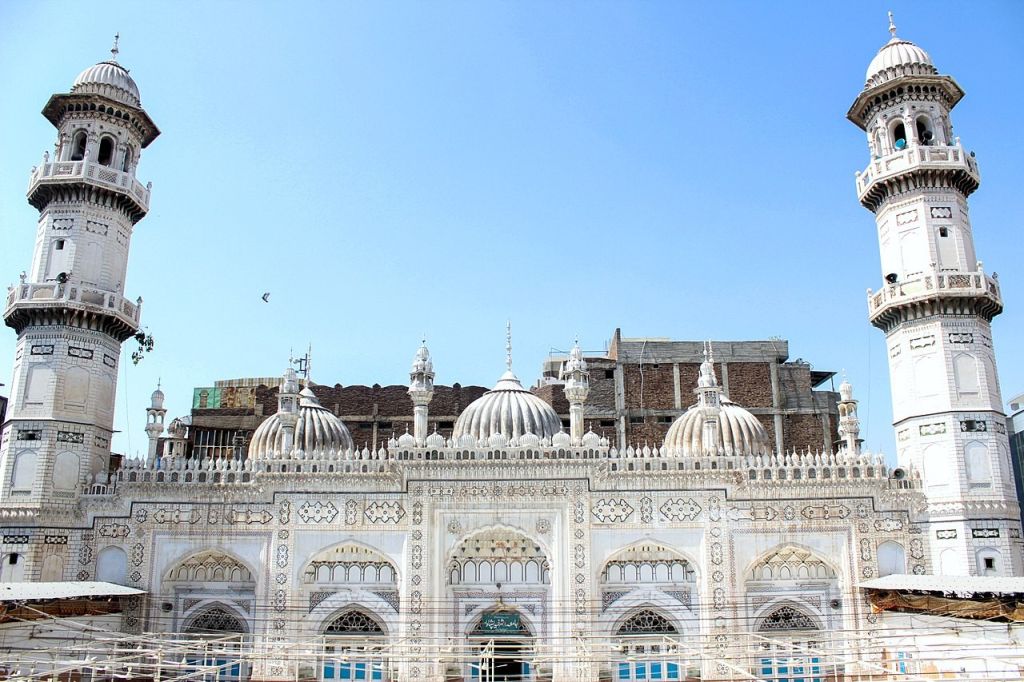
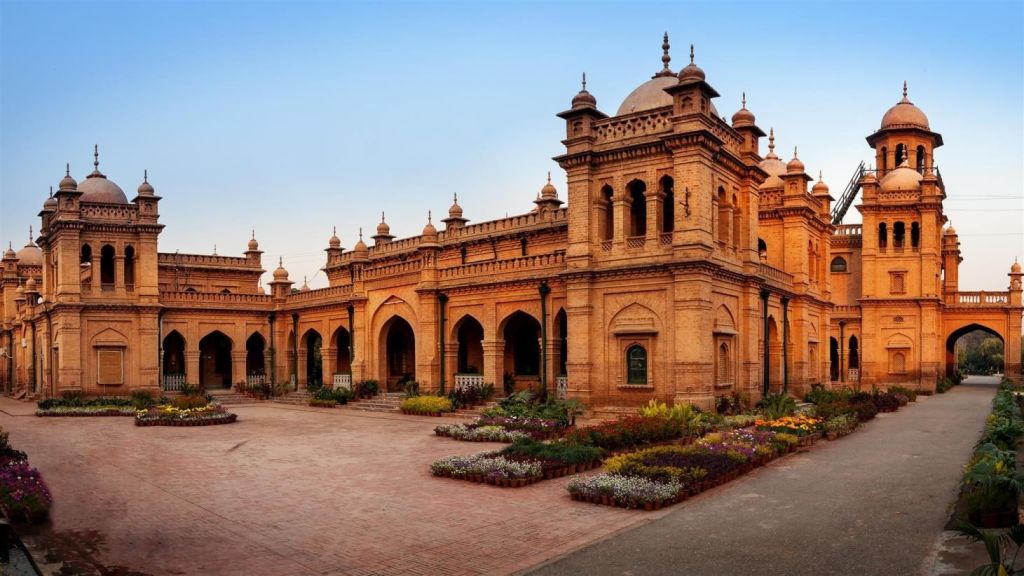
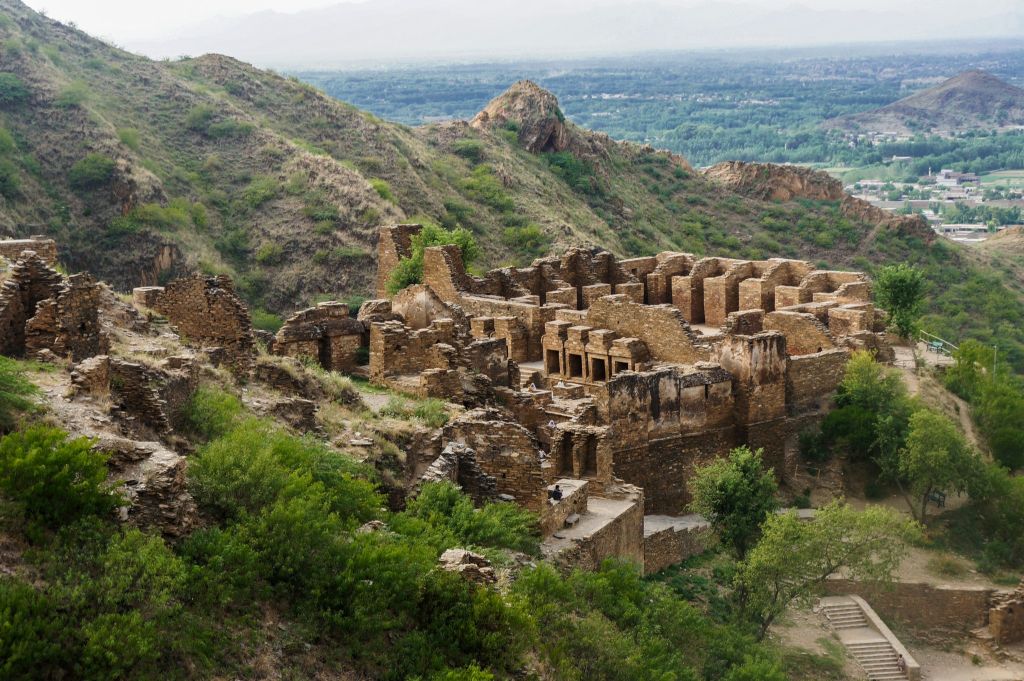
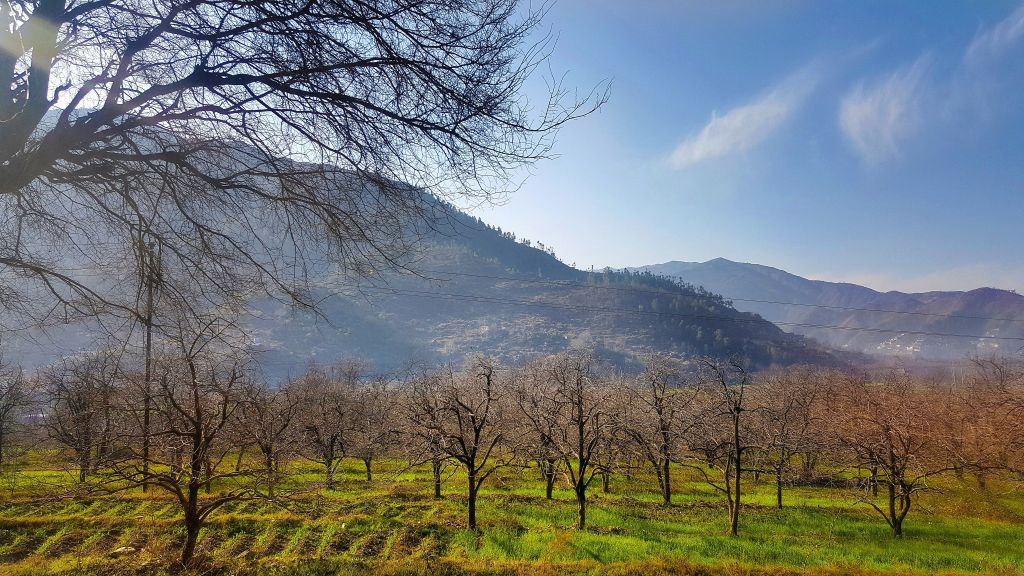
This tour focuses mainly on the UNESCO world heritage sites in Pakistan. The oldest sites to be registered were the ruins at Mohenjo-Daro near Sukkur, the Buddhist Ruins of Takht-E-Bahi and Sahr-E-Bhahlol in Swat and Taxila near Islamabad, all added to the list in 1980. In 1981 they were joined by Lahore Fort and the Shalamar Gardens in Lahore and Rohtas Fort in 1997. Of course we’ll be visiting other sites of interest and enjoy the scenic views along the way. This trip will be an excellent introduction to Pakistan’s rich cultural history.
Itinerary:
Day 1: Arrival in Islamabad and transfer to hotel. If there is enough time we’ll have a city tour in Islamabad.
Day 2: We’ll have a three-hour beautiful drive from Islamabad to Swat today with a stop in Taxila. Taxila, meaning ‘City of Cut Stone’, is an archeological site about 25 km northwest of Islamabad. Taxila was an important city of Ancient India with origins going back to 600 BCE and has been in the hands of several empires as it was an important crosspoint for ancient trade routes. It was eventually destroyed in the fifth century and declared as a UNESCO World Heritage Site in 1980. We’ll spend the morning here and will bring you back to Islamabad around noon. Tonight we will stay in Swat.
Day 3: Today we’ll have a full day in Swat where we’ll explore the points of interest in Swat Valley. The Swat Valley or Swat for short is a valley and a district in the Khyber-Pakhtunkhwa Province of Pakistan. The capital of Swat is Saidu Sharif, but the largest city in the valley is Mingora. The Swat River flows through the valley. The valley is home to many archaeological remains of the Buddhist Gandhara civilization. Swat was a principality until 1969 and in that year it was absorbed into the then Northwest Frontier Province. With high mountains, green fields and blue lakes it is a very beautiful area.
Day 4: Today we’ll go visit Nimogram in Swat valley. Nemogram stupa is located on the right bank of Swat river in Pakistan.This site was discovered in 1966 and excavated in 1967–68. Swat is rich in historical landmarks as well as natural beauty. In every direction, these are tangled in the wide valley. Aurel Stein, a British archaeologist, and Tucci, who was followed by other Italians, worked tirelessly to document and preserve these monuments.
There are three main stupas in row from north to south and 56 smaller stupas. There is also a monastery on the west of the main stupas. The stupas are believed to have been built in 2-3 century AD based on the discovery of coins from the Kushana period. Apart from the coins and pottery of Scytho-Parthian period, a large number of stone, stucco sculptures depicting various scenes of Buddhist mythology are present near the stupa. These sculptures are on display in the Swat Museum. There are a large number of stone carvings and sculptures signifying the Buddhist Mythology.
Day 5: After breakfast we’re going to Takht-E-Bhai, after which we’ll drive to Peshawar, where we will stay for the night. Takht-i-Bahi is the ruins of a former Buddhist monastery from the Gandhara period in the Pakistani province of Khyber-Pakhtunkhwa. The name Takht-i-Bahi means Water Throne in Urdu. The complex is located on a hill with a water source. The monastery was probably built as early as the 1st century BC. Most of the buildings within the complex date from the 6th and 7th centuries. Inside the monastery is a stupa surrounded by 35 smaller stupas. In 1980, the complex, along with the nearby ruined city of Sahr-i-Bahlol, was added to the UNESCO World Heritage List.
Day 6: In the morning we’ll have a city tour in the old historical part of Peshawar, followed by a flight to Lahore, where we’ll stay for the night.
Day 7: In Lahore we’ll have a full city tour. We’ll especially focus on the UNESCO sites of Lahore Fort and Shalamar Gardens, two royal complexes dating from the Mughal area. The fort is found in the Walled City of Lahore and has been rebuilt several times. The Shalamar Gardens were designed under emperor Shah Jahan in 1642 and show Persian and Islamic traditions.
We will visit the Tomb of Jahangir, a 17th century mausoleum built for the Mughal emperor Jahangir. Dating back to 1637, the mausoleum is located in Shahdara Bagh in Lahore, Punjab, Pakistan, along the banks of the Ravi River. The site is famous for its interiors which are elaborately decorated with frescoes and marble, and its exterior which is richly decorated with pietra dura. The tomb, along with the adjacent Akbari Sarai and Asif Khan’s tomb, are part of an ensemble that is currently on the Tentative List of UNESCO World Heritage Sites.
Also on our list today is the Tomb of Nur Jahan, a 17th-century mausoleum, which was built for the Moghul Empress Nur Jahan. The marble of the tomb was looted during Sikh times in the 18th century for use at the Golden Temple in Amritsar. The red sandstone mausoleum, along with the nearby tomb of Jahangir, the tomb of Asif Khan and Akbari Sarai, is part of an ensemble of Mughal monuments in Lahore’s Shahdara Bagh.
The Vazir-Khan Mosque is a 17th century mosque in the city of Lahore, the capital of the Pakistani province of Punjab. The mosque was inaugurated during the reign of the Mughal emperor Shah Jahan as part of an ensemble of buildings that also included the nearby Shahi Hammam baths. Construction of the Wazir Khan Mosque began in 1634 C.E. and was completed in 1641. It is considered as the most ornately decorated mosque of the Mughal era.
Day 8: In the morning we’ll drive to Harappa after which we’ll drive to Multan, where we will stay in a hotel. Harappa is an archaeological site in Punjab, the site of the ancient city contains the ruins of a fortified city from the Bronze Age and was part of the Indus Valley Civilization. The city had roughly 23,500 residents living in clay brick houses at its peak during the Harappan phase (2600 BC – 1900 BC). During British rule, many bricks were looted to be used for the railway between Lahore and Multan and many archaeological artifacts have been stolen.
Multan is one of the oldest cities in Pakistan and once was part of ancient India. It has a long history and was renown for the Hindu Multan Sun temple and was besieged by Alexander The Great. Multan was one of the most important trading centers during medieval Islamic India and home to many Sufi mystics during the 11th and 12th century earning the title ‘City of Saints’. The city, together with Uch, is known for the many Sufi shrines.
Day 9: After a city tour in Multan we’ll take the plane to Karachi, where we’ll stay for two nights.
Day 10: Today we’ll have a full day excursion to Thatta after which we’ll be going back to Karachi to stay overnight. Thatta is home to the Makli Necropolis, one of the largest funerary sites in the world, with approximately 500,000 to 1 million tombs built during a four century period. We can find many large funerary monuments from royals, sufi saints, poets and intellectuals. It is one of the most important UNESCO World Heritage sites in the province. Many of the tombs feature carved decorative motifs and the funerary architecture of the largest monuments houses Muslim, Hindu, Persian, Mughal, and Gujarati influences. We’ll have a visit to the Shah Jahan Mosque, built in 1647 AD by the Moghal Emperor Shahjehan. We’ll have a flight to Sukkur tonight, or either the day after, depending on the flight schedule. If not, we’ll have to drive with overnight along the way.
Day 11: Today we’ll have a full day excursion to Mohenjo-Daro. In the evening or the following morning you’ll take a flight to Islamabad after which the tour will end. Mohenjo-Daro is an ancient city built around 2600 BCE and was once the largest civilization in the Indus Valley. The entire site is built by unbaked brick and shows sophisticated city planning with areas for commercial shops, residences, wells, public houses and systems of sanitation and drain management. It is the most ancient and best-preserved urban archeological site in the Indian subcontinent and a great experience.
*** Know that itineraries can always change, we try to do our best to see as much as possible.
Includes:
– All activities and entrance fees as described.
– Accommodation
– Transport in a comfortable car
– Government licensed professional English speaking guide
Not included:
– Dinner and lunch
– Domestic flights
Price:
1 person: 6.390 usd
2 persons: 3.159 usd per person
3 persons: 2.695 usd per person
4 persons: 2.320 usd per person
* Single supplement: 990 usd

